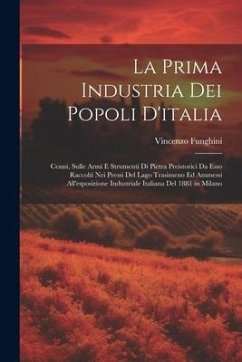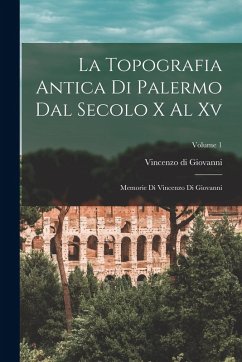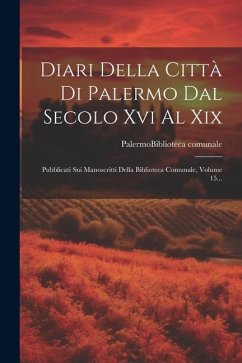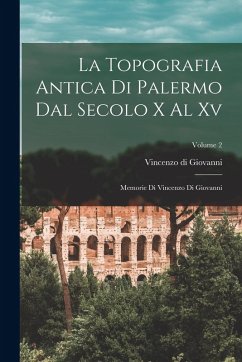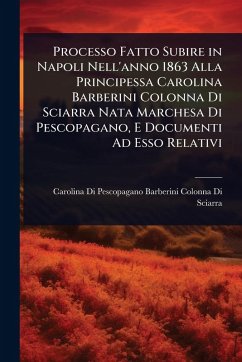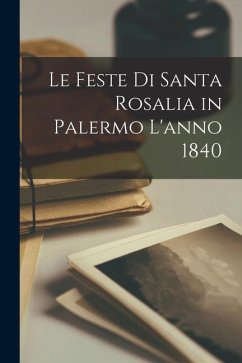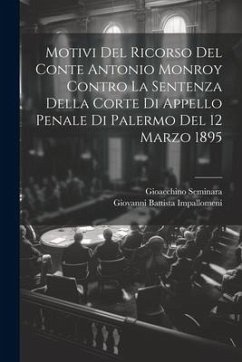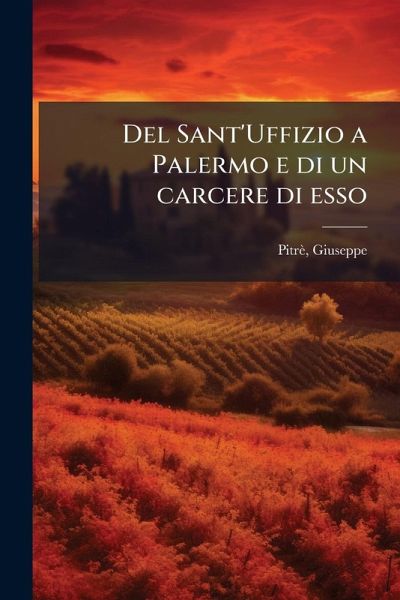
Del Sant'Uffizio a Palermo e di un carcere di esso

PAYBACK Punkte
11 °P sammeln!
"Del Sant'Uffizio a Palermo e di un carcere di esso" explores the history of the Holy Office, or Inquisition, in Palermo, Sicily. Giuseppe Pitrè delves into the operations of the Inquisition, shedding light on its procedures, its impact on the local population, and the grim realities of its prisons. This work provides a detailed account of a significant aspect of Palermo's past, offering valuable insights into the intersection of religious authority, legal practices, and social control during the period of the Inquisition. A crucial historical document for understanding Sicily's complex histo...
"Del Sant'Uffizio a Palermo e di un carcere di esso" explores the history of the Holy Office, or Inquisition, in Palermo, Sicily. Giuseppe Pitrè delves into the operations of the Inquisition, shedding light on its procedures, its impact on the local population, and the grim realities of its prisons. This work provides a detailed account of a significant aspect of Palermo's past, offering valuable insights into the intersection of religious authority, legal practices, and social control during the period of the Inquisition. A crucial historical document for understanding Sicily's complex history. This work has been selected by scholars as being culturally important, and is part of the knowledge base of civilization as we know it. This work was reproduced from the original artifact, and remains as true to the original work as possible. Therefore, you will see the original copyright references, library stamps (as most of these works have been housed in our most important libraries around the world), and other notations in the work. This work is in the public domain in the United States of America, and possibly other nations. Within the United States, you may freely copy and distribute this work, as no entity (individual or corporate) has a copyright on the body of the work. As a reproduction of a historical artifact, this work may contain missing or blurred pages, poor pictures, errant marks, etc. Scholars believe, and we concur, that this work is important enough to be preserved, reproduced, and made generally available to the public. We appreciate your support of the preservation process, and thank you for being an important part of keeping this knowledge alive and relevant.



